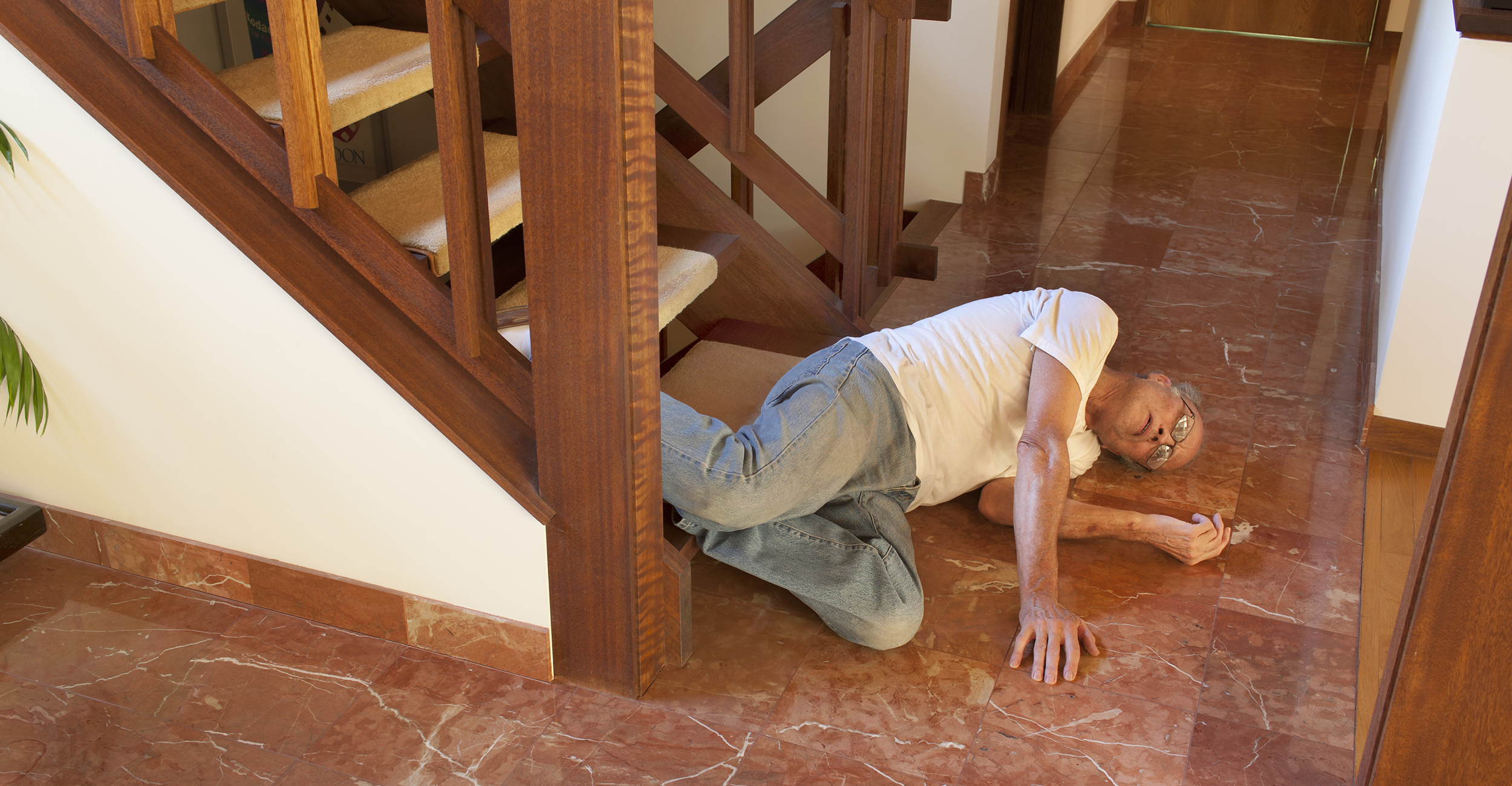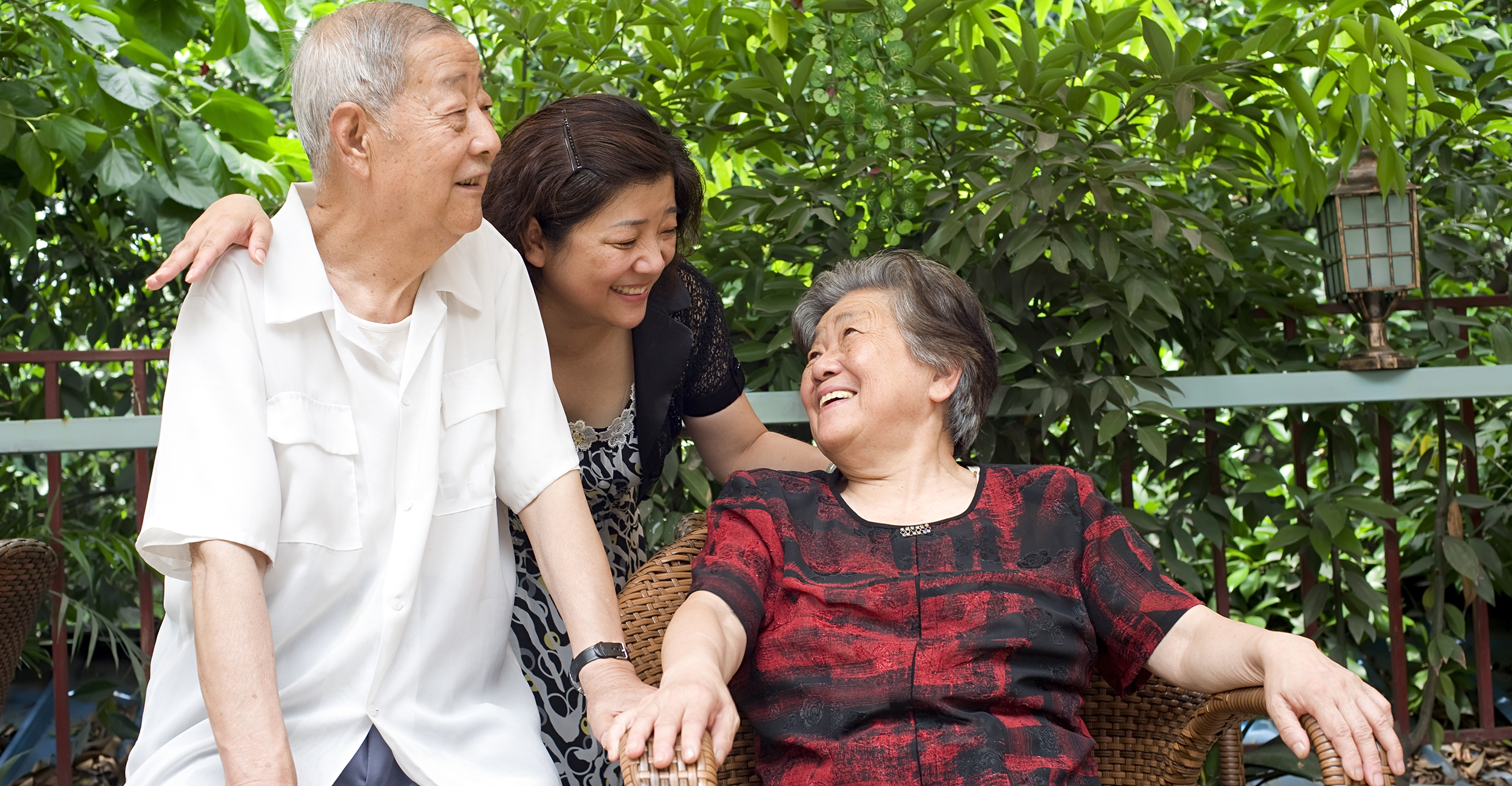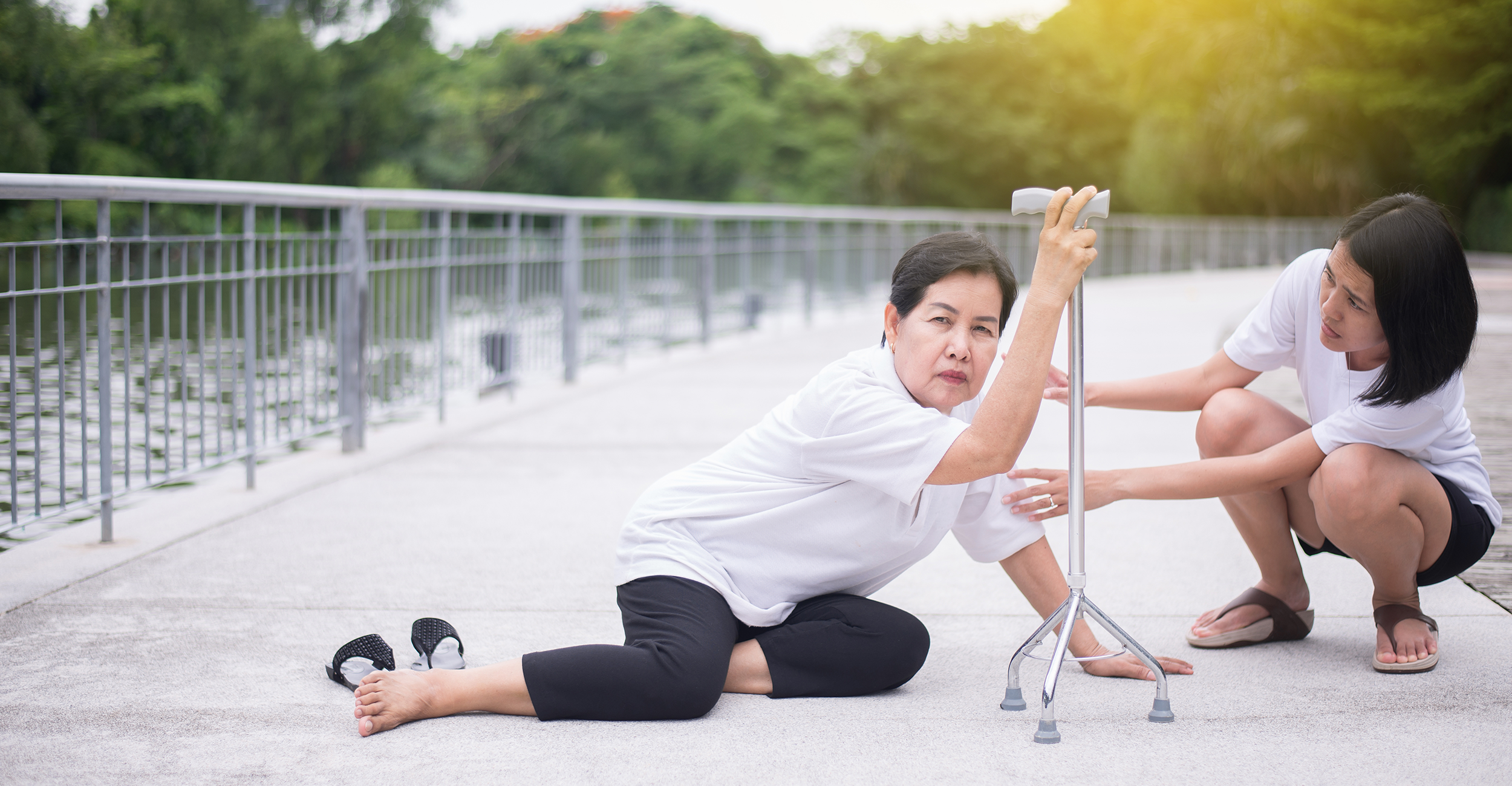Most of us have slipped, tripped or fallen over at one time or another. As we get older, falls become more common and the likelihood of injury increases. One third of people over the age of 65 will have a fall each year, and the risk of falling increases as you get older.1
A fall is one of the most common ways you can fracture a bone. Debilitating fractures such as a hip fracture often result in people not being able to live independently and may need to move to a nursing home or care facility. In addition, the experience of falling can result in patient’s feeling less in control and feeling afraid of falling again.2
As you grow older, changes in your body such as vision problems, weakening muscles and stiffening joints can increase your chance of falling. Falls can also be a sign of a health issue, medication side effect or balance problems. Even short-term illness (such as the flu and other infections) or surgery can temporarily increase your risk of falling. It is important to talk to your doctor about any falls you have. Don’t just dismiss them as ‘not concentrating’ or ‘clumsiness’.3
The good news is that many falls are preventable and there is plenty of help and support available for older people.
Here are some great strategies to improve your health and help reduce your risk of falling:3



References
1 Nevitt MC, et al. J Am Geriatr Soc 1993;41:1226–34.
2 Parry SW, et al. Postgrad Med J 2001;77:103–8.
3 National Osteoporosis Foundation. Healthy bones for life - Patient’s guide. 2014. www.nof.org.